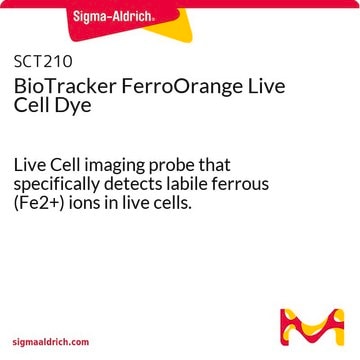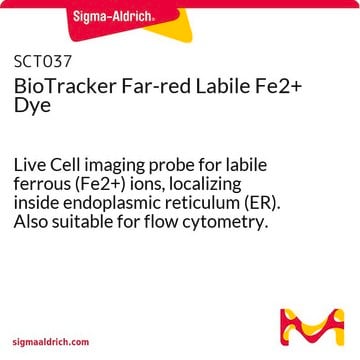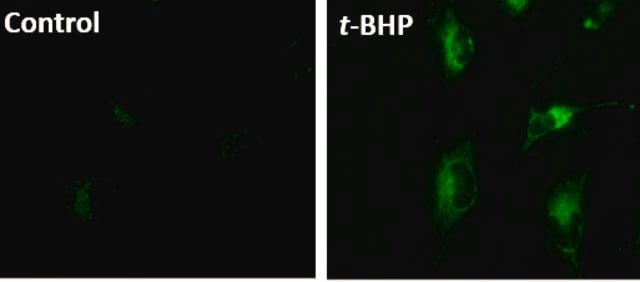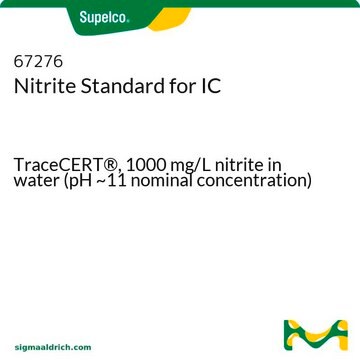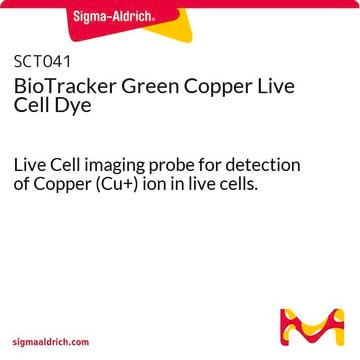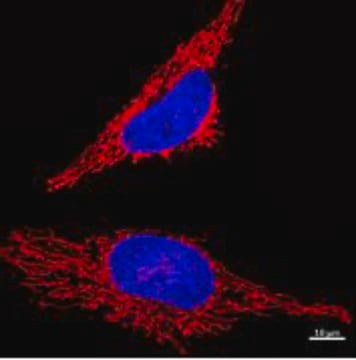SCT262
BioTracker™ Mitochondrial FerroGreen Live Cell Probe
Human
Synonym(e):
mitochondrial iron live cell probe, mitochondrial iron probe
About This Item
Empfohlene Produkte
product name
BioTracker™ Mitochondrial FerroGreen Live Cell Probe,
Biologische Quelle
human
Qualitätsniveau
Verpackung
vial of 100 μg
Hersteller/Markenname
Millipore
Methode(n)
cell culture | stem cell: suitable
flow cytometry: suitable
Versandbedingung
2-8°C
Lagertemp.
2-8°C
Allgemeine Beschreibung
Leistungsmerkmale und Vorteile
Zielbeschreibung
Lagerung und Haltbarkeit
Sonstige Hinweise
Rechtliche Hinweise
Haftungsausschluss
Lagerklassenschlüssel
11 - Combustible Solids
WGK
WGK 3
Flammpunkt (°F)
Not applicable
Flammpunkt (°C)
Not applicable
Analysenzertifikate (COA)
Suchen Sie nach Analysenzertifikate (COA), indem Sie die Lot-/Chargennummer des Produkts eingeben. Lot- und Chargennummern sind auf dem Produktetikett hinter den Wörtern ‘Lot’ oder ‘Batch’ (Lot oder Charge) zu finden.
Besitzen Sie dieses Produkt bereits?
In der Dokumentenbibliothek finden Sie die Dokumentation zu den Produkten, die Sie kürzlich erworben haben.
Unser Team von Wissenschaftlern verfügt über Erfahrung in allen Forschungsbereichen einschließlich Life Science, Materialwissenschaften, chemischer Synthese, Chromatographie, Analytik und vielen mehr..
Setzen Sie sich mit dem technischen Dienst in Verbindung.